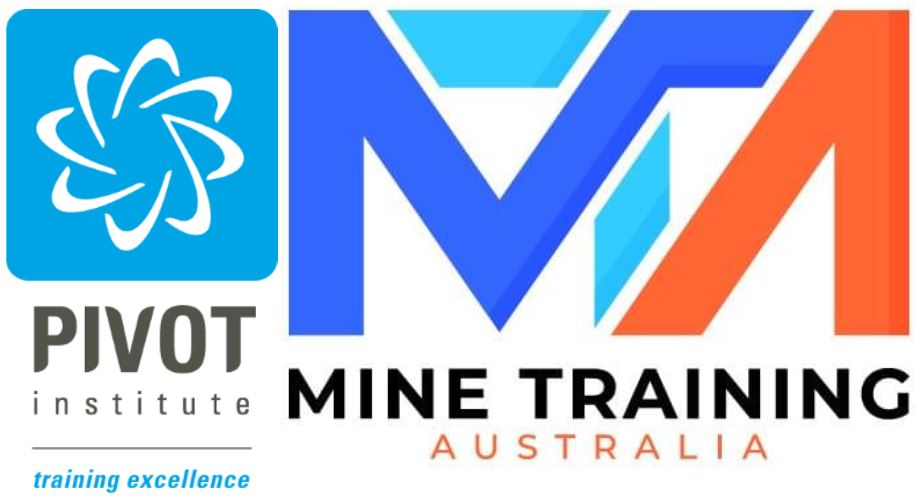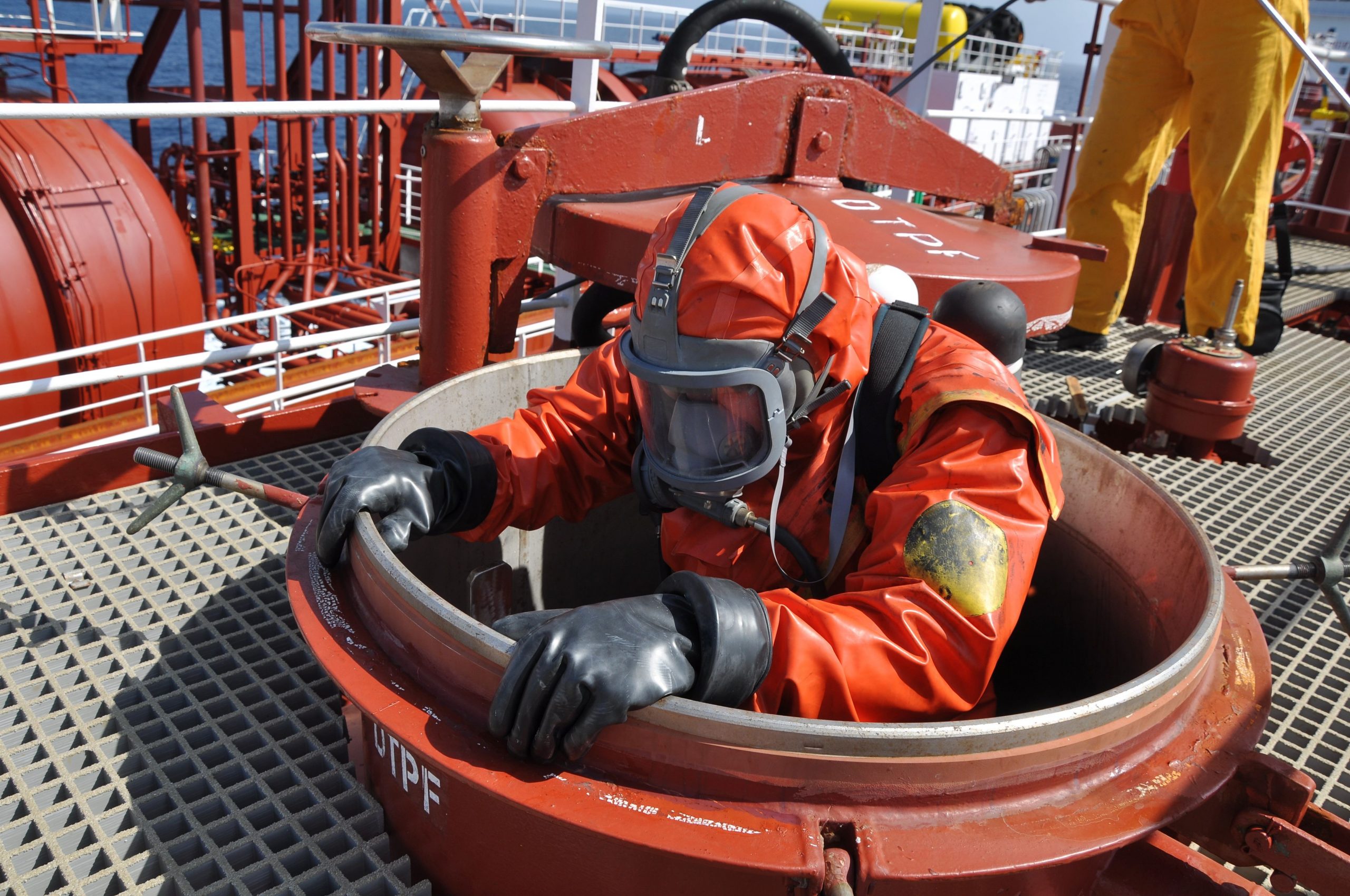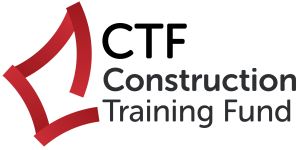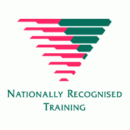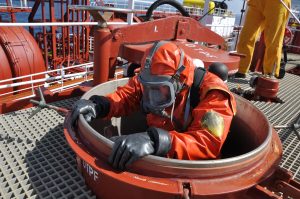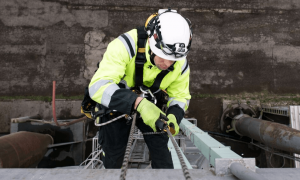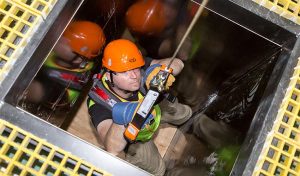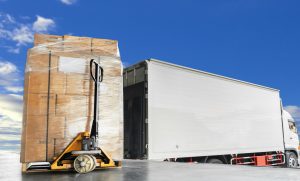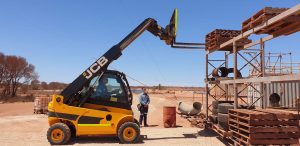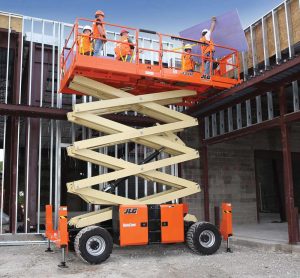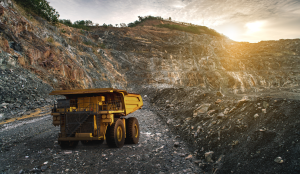RIIWHS202E Enter and Work in Confined Spaces Course
Welcome to Mine Training Australia, your dedicated partner in mine training solutions in Perth. We are committed to offering the highest quality, industry-leading training programs designed to ensure safety, efficiency, and productivity on your site.
One of our flagship programs is the RIIWHS202E Enter and Work in Confined Spaces Training course. This course is specifically designed for workers who are required to enter and operate in confined spaces across a wide range of mines.
Why Choose Our RIIWHS202E Confined Space Training Course?
At Mine Training Australia, our RIIWHS202E course is developed and delivered by industry professionals with years and years of practical experience. Our trainers use their hands-on knowledge to provide our students with real world scenarios and practical skills to enhance their learning experience.
Comprehensive Training
Our course covers a range of essential topics including:
- Identifying confined space hazards
- Working within permit-required confined spaces
- Using protective equipment
- Implementing emergency procedures
Nationally Recognised Training – Confined Space Ticket
Upon successful completion of this course, participants will receive their confined space ticket, a nationally recognised Statement of Attainment for RIIWHS202E Enter and Work in Confined Spaces. This qualification is recognised across Australia, enhancing your employability and opportunities to progress in your career.
Flexible Learning Options
We understand that our clients have varied schedules and learning preferences. That’s why we offer flexible learning options including on-site training, off-site training at our state-of-the-art facility in Perth, and tailored courses to suit your unique business needs.
Safety-First Approach
At Mine Training Australia, safety is not just an afterthought, it’s the very essence of our training approach. We are committed to ensuring that all participants in our RIIWHS202E course are well prepared to safely enter and work in confined spaces.
Start Your Training Journey Today!
Embark on a journey of learning and growth with Mine Training Australia. Our RIIWHS202E Enter and Work in Confined Spaces training course is your ticket to enhanced safety, improved skills, and greater employability. Contact us today to discuss your training needs or to enrol in our RIIWHS202E course to get your confined spaces ticket today!
Mine Training Australia – Your Partner in Safety and Excellence.
Confined Space Entry Permit | Enter and Work in Confined Spaces | Confined Space Training Perth
Entry Requirements
A moderate English language, literacy and numeracy skill is required.
Participants must be over eighteen (18) years of age.
Participants must wear the following PPE to commence the training:
- long-sleeved shirt (preferably high vis)
- long pants
- steel capped boots required
Safety glasses, gloves and hard hats will be provided however you are encouraged to bring your own.
Lunch: Bring your own (microwave and fridge available).
Parking is available on-site or walk from Glendalough Train Station.
Complete Your Confined Space Training with Mine Training Australia
Earn your Confined Space Entry Permit with Mine Training Australia
At Mine Training Australia, we offer nationally accredited training programs for industries associated with high risk, including construction, mining, maintenance, work at heights, and rescue & recovery. In our specially tailored course, participants are trained to enter and effectively operate within confined spaces safely. Upon successful completion, you will receive a Nationally Recognised Statement of Attainment for various Confined Space Entry units, which includes a permit for confined space entry.
To enrol in this Confined Space Entry Course in Perth, click the Enrol button. For more details, feel free to get in touch through our contact form or give us a call at 9221 1803.
Mine Training Australia – For Confined Space Training in Perth, WA
Presenting a Variety of Confined Space Training Courses in Perth
Mine Training Australia is a certified and recognised training organisation (RTO Code 51586), fully authorised to provide Nationally Recognised Training in accordance with national and jurisdictional legislation across Australia. All of our Confined Space Safety Training Courses are held at our high-risk training centre in Osbourne Park, Perth, the most extensive practical, hands-on training centre in Western Australia. We can also coordinate group training sessions at your site upon request. Our seasoned instructors employ the most recent safety equipment from Mine Training Australia and other prominent manufacturers to illustrate the latest techniques on safely executing confined space entry and assessing situations in high-risk confined space work environments.
